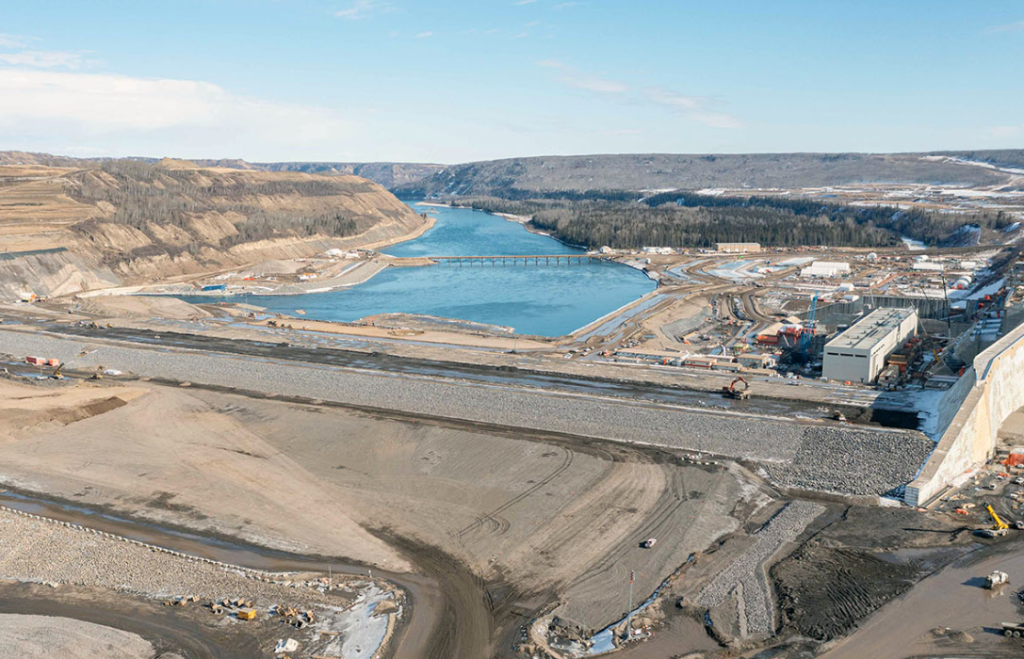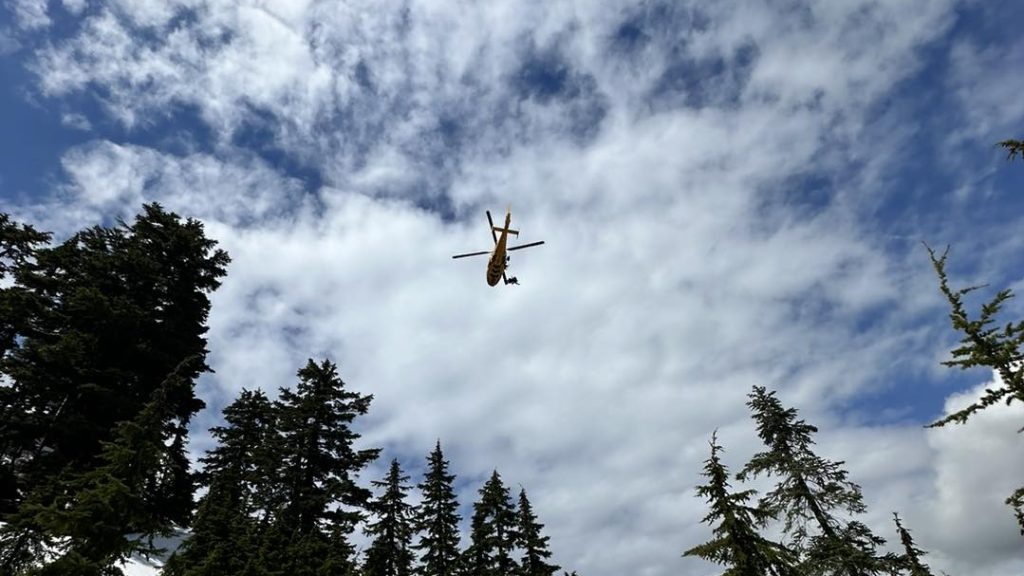What is B.C. doing to meet its net-zero emissions goals?

Posted April 24, 2024 7:01 am.
Last Updated April 24, 2024 7:03 am.
B.C. doesn’t currently have enough electricity to power its decarbonization goals. So what’s going to change?
As action rolls out across B.C. to drive the province towards electrification, one project sticks out among them: Site C.
The $16 billion hydroelectric dam is now 85 per cent complete — meaning it could be fully operational by 2025.
The project on B.C.’s Peace River is the most expensive dam in Canada’s history. Once complete, Greg Alexis, BC Hydro’s public affairs manager for Site C, says it will produce about 1,100 megawatts of therm capacity and 5,100 gigawatt hours of electricity per year.
“That’s the equivalent amount of energy we need to reliably power about half a million homes or 1.7 million electric vehicles per year,” he said.
Essentially, Alexis says Site C will add eight per cent to BC Hydro’s current power production.
“We’re building Site C to meet the electricity needs of our customers throughout the next 100 years,” he said.
But the project doesn’t come without caveats and controversy.
First Nations fight back
Since it was approved in 2014, Site C has dealt with numerous challenges, petitions, and court cases from Treaty 8 First Nations whose territories the dam and river run through.
First Nations have argued — and won — cases in which they detail how colonial governments have breached treaty rights by moving forward with the project and hindering the Nations’ right to hunt, fish, and trap.
In a series of reports, researchers with the University of British Columbia have detailed the adverse impacts of the Site C dam on the environment, First Nations, and greenhouse gas emissions.
Site C will create “meaningful” greenhouse gas emissions primarily during the 2020s and 2030s, making it harder for Canada to meet its 2030 emission goals, the study states.
It adds that the benefit of exporting surplus power from Site C is not enough to make up for its emissions.
“Site C’s net emissions (after discounting the hypothetical Alberta benefit) would still amount to 0.6 to 2.1 megatonnes, equivalent to running 50,000 cars for 10 years,” the study reads.
“Electrification will increase demand, but not quickly enough to justify Site C on the current timeline.”
Researchers conclude by stating that by the time the electricity from Site C is needed, alternate, more climate-friendly solutions like wind or geothermal power, could be developed.
“Site C has more significant negative environmental effects than any other project ever reviewed under the Canadian Environmental Assessment Act (including oil sands projects),” researchers state.
“The scale of impacts results from the rare and ecologically important biodiversity of the Peace Valley.”
In a decision statement issued under the Canadian Environmental Assessment Act, the federal environment minister states multiple times that the Site C project is “likely to cause significant adverse environmental effects.”
However, they also found these effects were “justified in the circumstances” and, instead of stopping the project, asked Site C to comply with numerous conditions, related to issues such as air quality, water quality, First Nations’ health, the use of land and resources for traditional purposes and species at risk.
Among the headlines written about the controversial project in recent years, are fines for workplace safety violations, dumping contaminated drainage water, data errors, and threats to national parks.
Alexandra Tavasoli, an assistant professor of mechanical engineering at UBC, says even without the countless community concerns, it’s becoming more apparent that projects like Site C aren’t the golden ticket.
“We’re starting to learn that maybe hydro energy doesn’t have the long-term sustainability in terms of environmental health that we previously thought,” she said.
“So, it doesn’t produce any carbon emissions, but it can be quite damaging for the region’s water systems and groundwater supply downstream.”
As early as late summer, Alexis says reservoir filling could begin at Site C. Water for the dam will originate from the Williston Reservoir.
And despite a dangerously low snowpack, Alexis says he’s not worried about having enough water to power the dam.
“While the water levels at Williston are something we continue to actively manage, it’s not going to impact the filling of the reservoir later this year,” he said.
“In an average year, the water flowing into Williston can fill up Site C about 20 times.”
Moving forward, he says Site C will continue to manage the impacts of water levels across the region, expecting some years to be better than others.
“Electricity will always be produced by these facilities, it’s just a matter of how much and it’s hard to predict moving forward,” he said.










